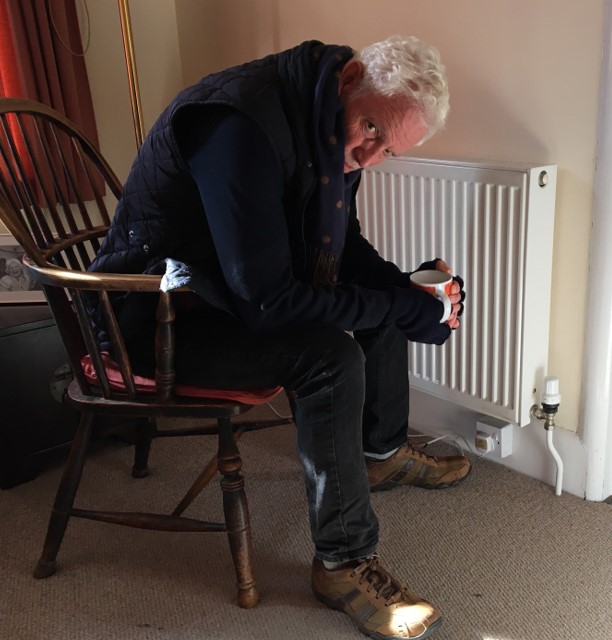The need for Heat or Eat schemes
Fuel poverty occurs when a household can’t afford to heat their home to a habitable and healthy standard. It can be as a result of poverty / low income in general, or exceptional increases in the cost of energy. Fuel poverty can result in people having to choose whether to heat the home or eat properly, hence “heat or eat” schemes being set up to advise and assist, mostly by local authorities.
When the energy crisis hit hard in Autumn and Winter 2022, fuel oil, electricity and gas prices soared. This hit low income households hardest, but also dragged in many households who never expected to be in fuel poverty, without (at the time) an end in sight for the increases. National Energy Action estimated that prior to the crisis, 4 million households in the UK were in fuel poverty, which rose above 7 million in the winter of 2022/23 with the addition of the “nouveau poor”.
One of the guiding principles of Heat or Eat schemes is that the cheapest energy is the energy you don’t use, underlining the value of better insulation and draught-proofing, specifically for the biggest thermal weaknesses in homes, such as windows and doors. But even relatively cheap improvements can be out of the range for many incomes, who also don’t have savings to dip into. Along with this, not all people are physically able, cognitive or organised enough to fit insulation products themselves, so handing out draught excluders, chimney balloons and radiator reflectors does not always work – this is why the best Heat or Eat schemes use trained advisors who visit and assess the properties of those most in need, making specific recommendations of the action required on their behalf and even fitting basic products there and then, from stock they carry with them. This type of scheme needs good, experienced staff and a certain amount of budget, to be able to buy in bulk and get improvements done with minimum fuss; they tend to be run within areas with high poverty concentrations, such as inner city boroughs, which can support the infrastructure needed to tackle local fuel poverty. Some areas are able to sub-contract heat or eat services from established schemes run in neighbouring areas.
Local authority help was not on offer for many households dragged towards fuel poverty by the energy crisis, nor for many more who, whilst they could afford higher prices, saw insulation improvements as a wise and urgent investment. There was a huge amount of extra interest therefore in all sorts of insulation products, but secondary glazing particularly because of the obvious value for money, and DIY secondary glazing especially due to even greater value as well as very short lead times. Working at secondarydiyglazing.com, apart from the volume of enquiries and purchases, it was apparent that many customers were working to very tight budgets and were quite distressed about the situation (and understandably so). Many circumstances were discussed, much advice was offered, whether linked to a sale or not.
Whether tackling insulation improvements via Heat or Eat schemes or from the householders own pocket, the most beneficial measures and advice offered are generally the same. Simple products can make a lot of difference: draught excluders for external door frames and bottoms, letterbox brush covers, rubber and foam seals for warped and gappy window frames, along with thermal film for windows in the main occupied rooms all make an impact for just a few quid. These we supply into some of the Council and charity run schemes, but also to private customers, along with more substantial secondary glazing options that use plastic glazing sheet with magnets, are sliding or secured with screws, and with low cost cosmetic options designed to last for decades. Energy saving, comfort increasing products can also look smart.
As far as advice is concerned, despite the many upsides of insulation that we discuss with customers, there is one downside, caused by the dilemma of ventilation in the home. Moisture created by washing, cooking and even breathing can create damp and mould, so that unventilated rooms can become unhealthy to occupy. The best summary for this we found in an article about Heat or Eat partly written by senior advisors of such schemes: “If I could give one piece of advice to every household, it’s to open the windows in the morning for an hour with no heating on, to let out the damp air, and then close them to keep the heat in.” (Sitar Ramsey). For the full article click below onto the Energy Saving Trust website.


